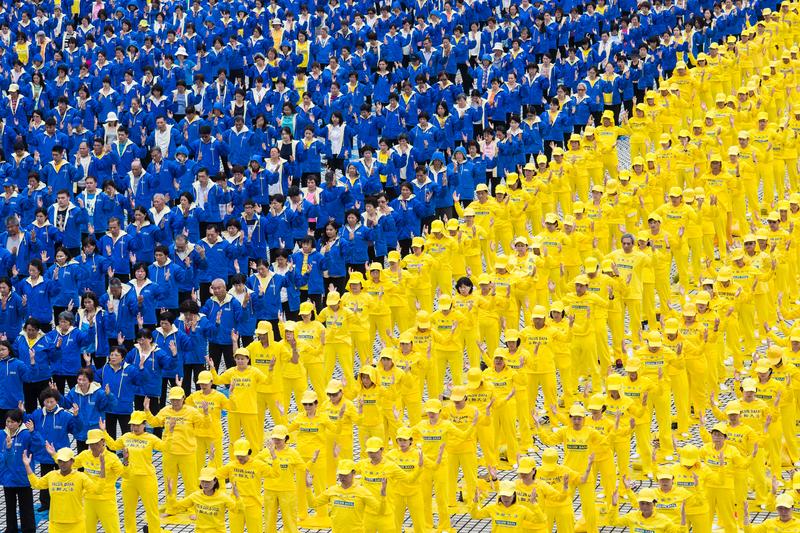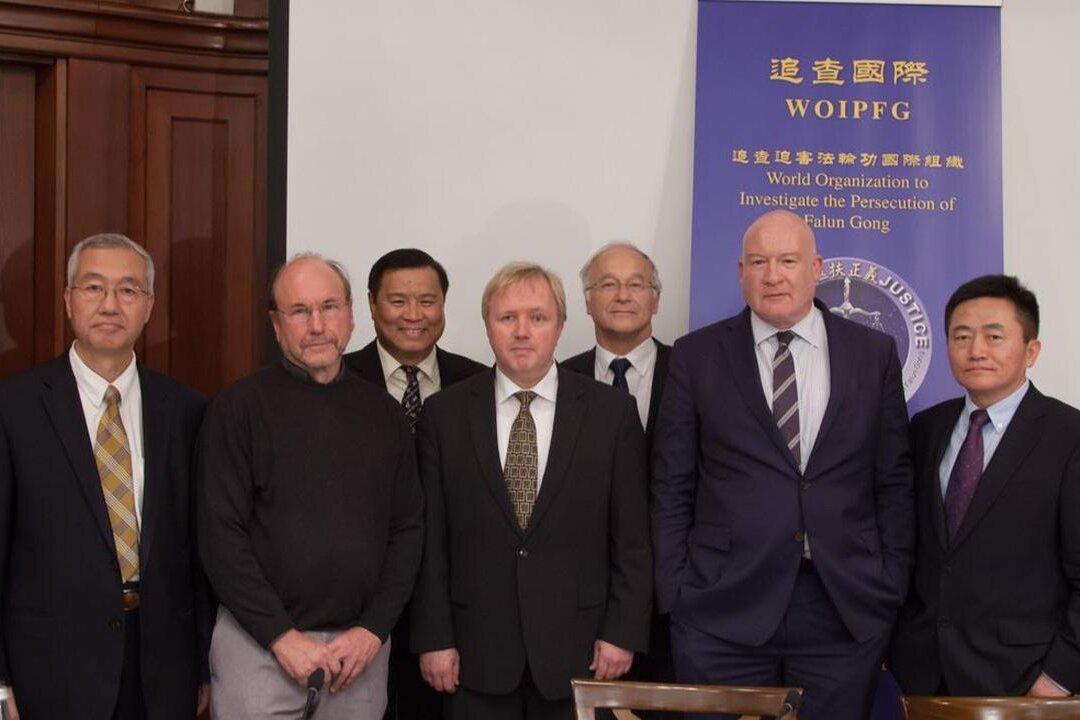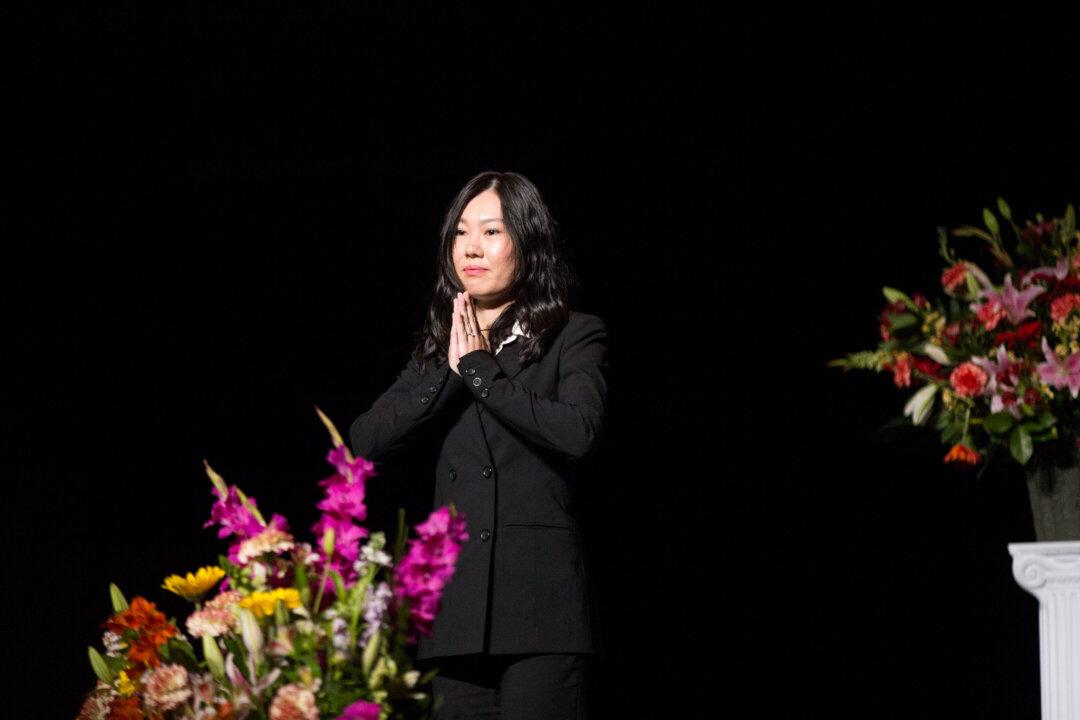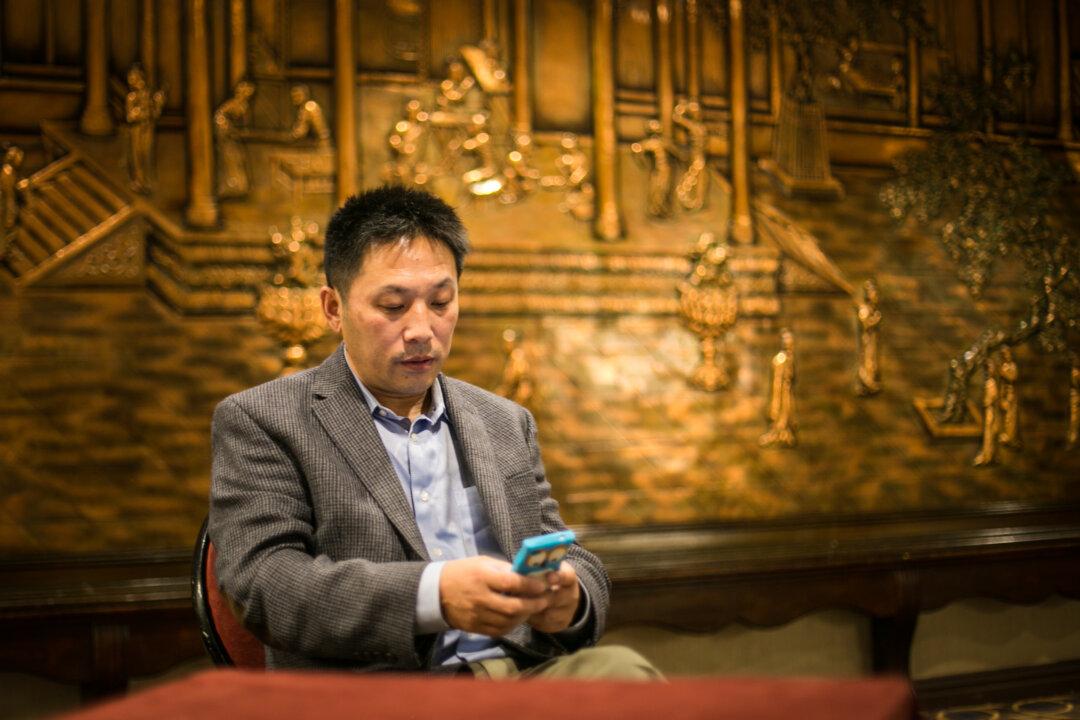“On April 25, 1999, the most “serious political incident” since 1989 occurred in China. Over 10,000 practitioners of Falun Gong, a spiritual practice, had quietly gathered on the streets of Beijing and silently stood and sat from morning to night, seeking to be allowed to practice their faith free from harassment.
The incident is often seen as the catalyst to what happened next: a nationwide Cultural Revolution-style persecution featuring incessant propaganda, cruel violence, labor camps, and thought reeducation campaigns that continues to this day. But a look at the three years that preceded that incident shows that rather than being the catalyst to the persecution, it was practitioners’ last-ditch effort to head off what hardliners inside the Communist Party had been hatching since 1996.
Falun Gong is a Chinese spiritual practice with five meditative exercises; it teaches behaving according to the three principles of truthfulness, compassion, and forbearance. From its introduction in China in 1992 until its suppression in 1999 it had gained between 70 million and 100 million followers.
The campaign against Falun Gong began in 1996. For the next three years, until the persecution as a mass movement became official, there were attempts to begin stamping out Falun Gong’s influence in China, by spreading negative propaganda, infiltrating practice groups, issuing politically charged labels, and laying the groundwork for further suppression.
During that period, Falun Gong practitioners inside and outside the Party and state were attempting to head it off, until in 1999 when Falun Gong’s delaying tactics ran out, and the Communist Party set out to “eradicate” the practice of Falun Gong...”
Excerpt from the article “The Persecution Before the Persecution“, by Matthew Robertson.





